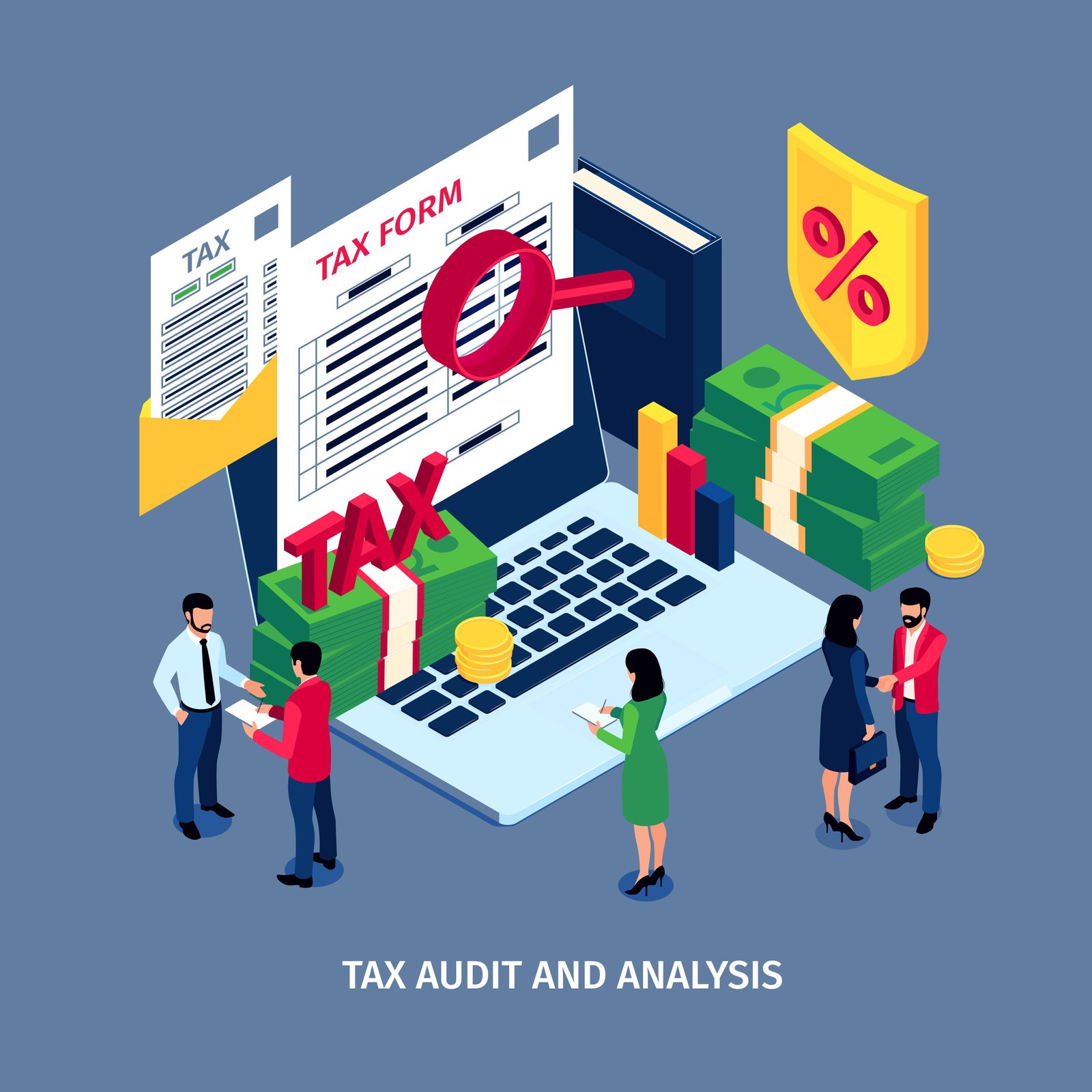No products in the cart.
Know how tax in Laos works for individuals and businesses.

Understanding the tax system in Laos is essential for both locals and expatriates to ensure compliance and optimize financial planning. The Lao government has made significant strides in improving transparency and digitizing tax services to simplify filing and payment processes. This article provides an overview of the key taxes and filing requirements for individuals and businesses in Laos as of 2025.
Types of Taxes in Laos
1. Personal Income Tax (PIT)
Progressive tax rates apply to residents based on income levels.
Tax rates range from 0% to 24%, with higher rates for higher income brackets.
Non-residents are taxed at a flat rate on Lao-sourced income.
2. Value Added Tax (VAT)
The standard VAT rate is 10%.
Applies to the sale of goods and services, imports, and certain transactions.
Businesses must register for VAT if annual turnover exceeds threshold levels (currently 200 million LAK).
3. Corporate Income Tax (CIT)
Standard corporate tax rate is 20%.
Applies to resident companies on worldwide income and to non-resident companies on Lao-sourced income.
Special tax incentives may apply to businesses in priority sectors or economic zones.
4. Other Taxes
Withholding taxes for certain payments including dividends and royalties.
Specific excise taxes on tobacco, alcohol, and luxury goods.
Property and land taxes governed by local authorities.
Tax Filing and Payment Deadlines
Personal Income Tax: Annual tax returns are due by March 31 of the following year. Employers often withhold tax monthly on salaries.
Corporate Income Tax: Annual returns must be submitted within 120 days after the fiscal year ends. Quarterly advance payments are encouraged.
VAT Returns: Filed monthly or quarterly depending on turnover, electronically via the Lao Tax Portal (eTax system).
E-Tax System and Digital Filing
Laos has significantly modernized its tax administration through the eTax system, allowing taxpayers to:
Register for tax identification numbers (TINs) digitally.
File returns and make payments online.
Access electronic invoices and receipts.
Track filing status and receive notifications.
This system reduces paperwork and processing times, empowering taxpayers to manage compliance conveniently.
Tax Registration Requirements
All businesses must register with the Tax Department upon establishment.
Residents earning taxable income need a personal tax identification number.
Foreign businesses operating in Laos may have additional withholding or branch tax obligations.
Tips for Navigating the Laos Tax System
Engage qualified accountants or tax advisors, especially for complex filings.
Keep accurate financial records, including invoices and expense receipts.
Monitor regulatory updates issued by the Ministry of Finance and Tax Department.
Take advantage of tax incentives or exemptions for priority sectors.
File timely to avoid penalties or audit risks.
Conclusion
With ongoing digitization and clearer regulations, understanding and fulfilling tax obligations in Laos is increasingly straightforward. Whether you are an individual taxpayer or a business entity, staying informed in 2025 about the tax system and e-filing options will ensure compliance and financial efficiency.
About CITS Laos
At CITS Laos, we help individuals and businesses navigate Lao tax regulations with ease. Our expert guides and digital tools empower you to manage taxes confidently and efficiently. Visit cits.la for up-to-date resources and personalized support.